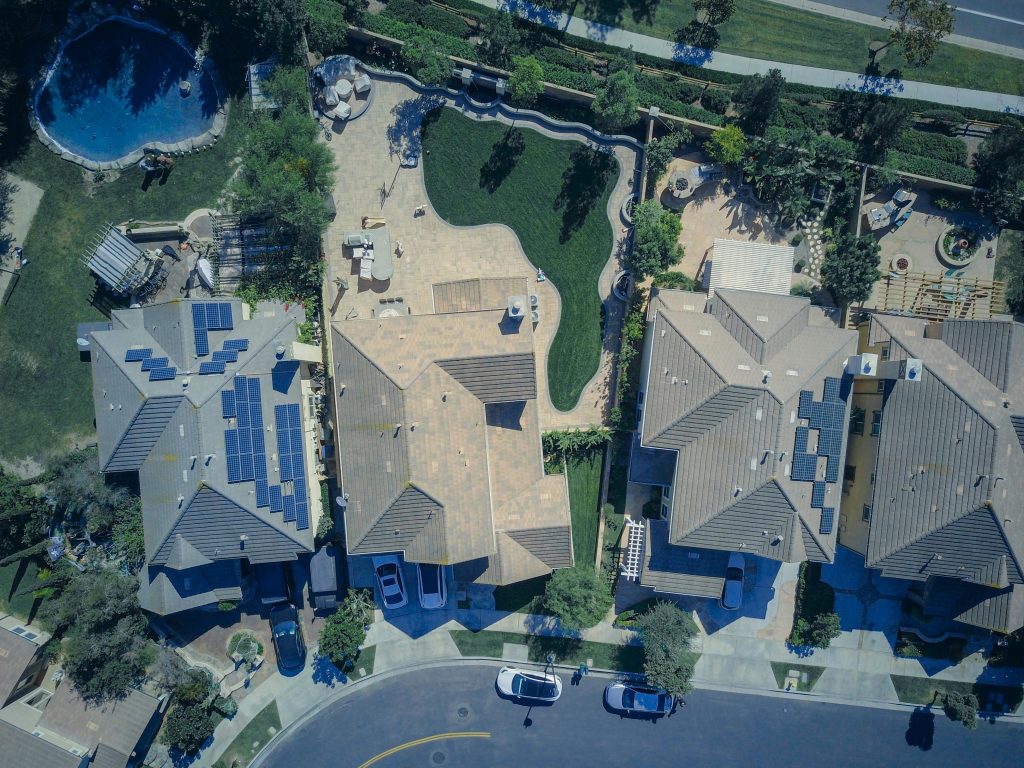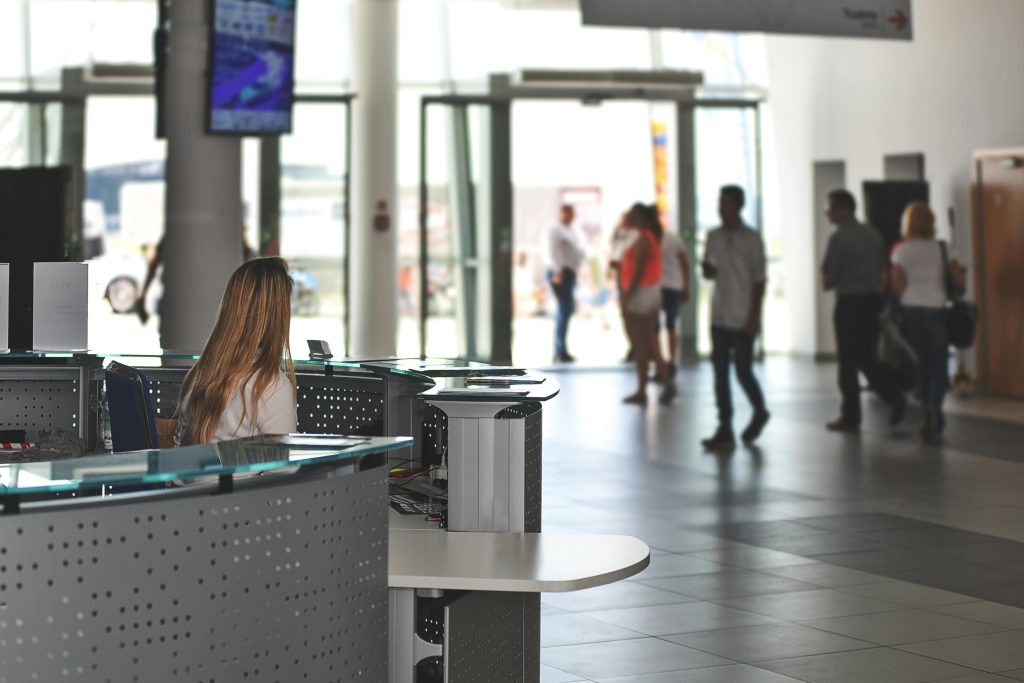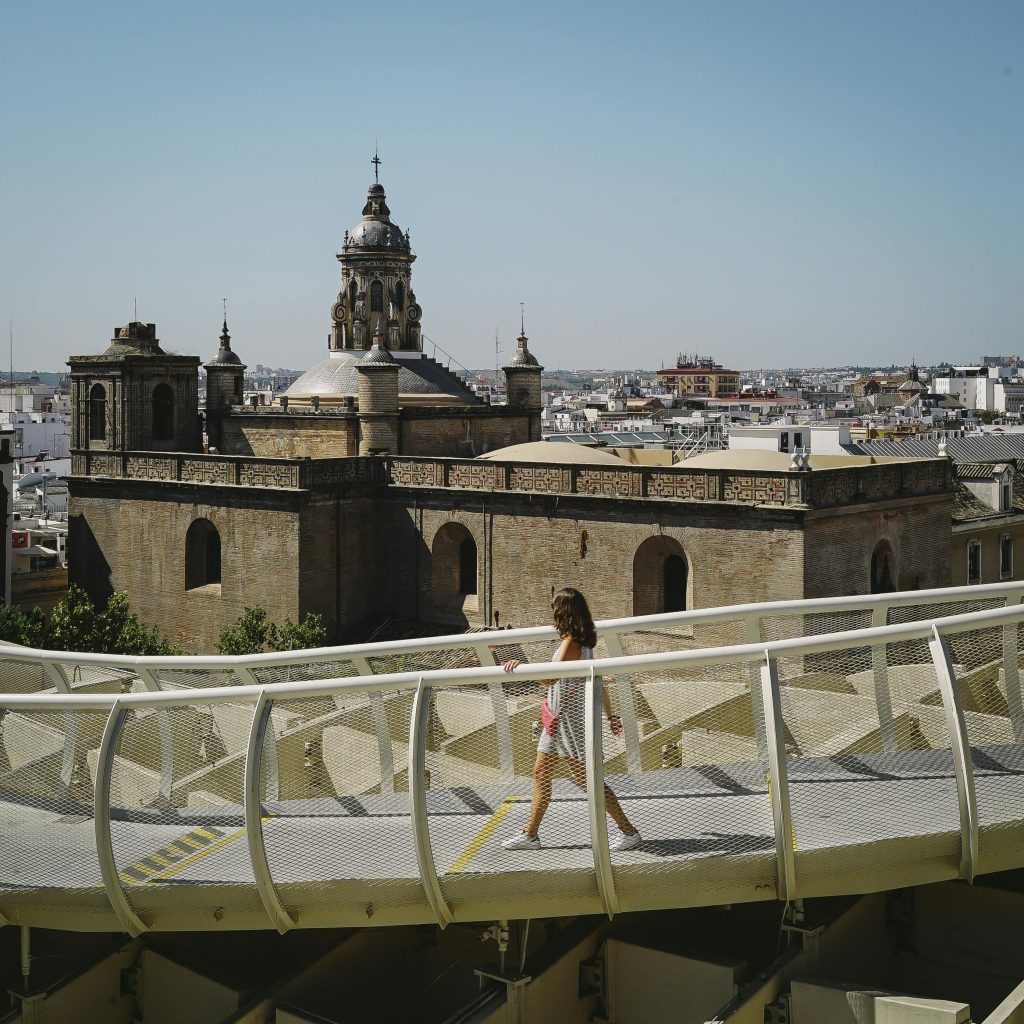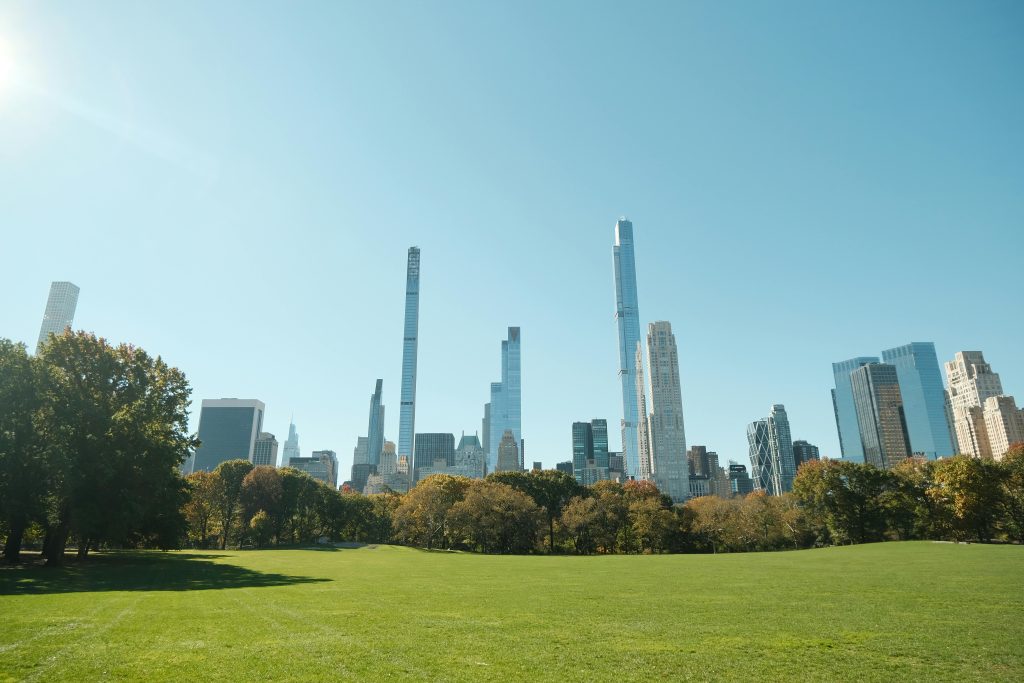As the world becomes increasingly urbanized, the need for smart cities and sustainable urban growth has never been more pressing. Smart cities leverage technology, data, and innovative design to create efficient, livable, and environmentally friendly urban spaces. At the heart of this transformation is architecture, which plays a critical role in shaping the built environment to meet the demands of modern urban life. This article explores how architectural solutions are adapting to support smart cities and urban growth, the benefits they bring, and the innovative practices driving this evolution.
The Rise of Smart Cities and Urban Growth
By 2050, nearly 70% of the global population is expected to live in urban areas. This rapid urbanization presents challenges such as overcrowding, resource scarcity, and environmental degradation. Smart cities aim to address these challenges by integrating technology, sustainability, and efficient urban planning into their design. Key features of smart cities include:
- Connected Infrastructure: IoT-enabled systems for transportation, energy, and waste management.
- Sustainable Design: Green buildings, renewable energy, and eco-friendly materials.
- Data-Driven Decision-Making: Use of big data and AI to optimize urban systems.
- Enhanced Livability: Focus on quality of life, including public spaces, healthcare, and education.
Architecture is at the forefront of this transformation, providing the blueprint for smart, sustainable, and resilient urban spaces.
How Architecture Supports Smart Cities and Urban Growth
1. Sustainable and Green Building Design
Architects are designing buildings that minimize environmental impact through energy efficiency, renewable energy integration, and the use of sustainable materials. Green building certifications like LEED and BREEAM are becoming standard in urban development.

2. Mixed-Use Developments
Mixed-use developments combine residential, commercial, and recreational spaces in a single area, reducing the need for long commutes and promoting walkability. This approach enhances urban livability and reduces carbon emissions.

3. Smart Infrastructure Integration
Architects are incorporating smart technologies into building designs, such as IoT sensors for energy management, automated lighting, and climate control systems. These technologies improve efficiency and enhance the user experience.

4. Resilient and Climate-Adaptive Design
With the increasing frequency of extreme weather events, architects are designing buildings that can withstand floods, earthquakes, and heatwaves. This includes elevated structures, flood-resistant materials, and green roofs.

5. Public Spaces and Community-Centric Design
Architects are prioritizing the creation of public spaces, such as parks, plazas, and community centers, to enhance social interaction and improve quality of life. These spaces are designed to be inclusive and accessible to all.

6. Vertical Growth and High-Density Living
To accommodate urban growth, architects are designing high-rise buildings and vertical cities that maximize space while maintaining livability. These designs often include green spaces, recreational areas, and efficient transportation systems.

Benefits of Smart City Architecture
- Sustainability: Reduces environmental impact through energy efficiency and green design.
- Efficiency: Optimizes resource use and improves urban systems through technology.
- Livability: Enhances quality of life with accessible public spaces and community-centric design.
- Resilience: Ensures urban spaces can withstand climate change and natural disasters.
- Economic Growth: Attracts investment and creates jobs through innovative urban development.
Innovative Practices in Smart City Architecture
1. Digital Twins for Urban Planning
Digital twins—virtual replicas of physical assets—are being used to simulate and optimize urban designs. This technology helps planners visualize the impact of their decisions and improve outcomes.
2. AI-Driven Design and Planning
AI-powered tools analyze data to optimize building layouts, energy use, and transportation networks, ensuring efficient and sustainable urban growth.
3. Circular Economy in Construction
Architects are adopting circular economy principles, such as recycling materials and designing for deconstruction, to minimize waste and promote sustainability.
4. Smart Transportation Systems
Integrated transportation systems, including electric vehicles, bike-sharing programs, and efficient public transit, are being incorporated into urban designs to reduce congestion and emissions.
The Future of Smart City Architecture
The future of architecture in smart cities is shaped by technology, sustainability, and collaboration. Key trends to watch include:
1. Net-Zero Energy Buildings
Buildings that produce as much energy as they consume will become the norm, driven by renewable energy systems and energy-efficient designs.
2. Biophilic Design
Incorporating natural elements, such as greenery and natural light, into urban spaces to improve well-being and connectivity with nature.
3. Inclusive and Equitable Design
Ensuring that urban spaces are accessible and beneficial to all, regardless of age, ability, or socioeconomic status.
4. Global Collaboration
Architects, urban planners, and policymakers will collaborate across borders to share knowledge and create holistic solutions for urban growth.
Conclusion
Architecture is a cornerstone of smart cities and sustainable urban growth. By embracing innovative design principles, integrating technology, and prioritizing sustainability, architects are creating urban spaces that are efficient, resilient, and livable. As cities continue to grow and evolve, the role of architecture in shaping the future of urban life will only become more critical.
The future of urban development is smart, sustainable, and inclusive—and it starts with visionary architectural solutions.
References
- “The Role of Architecture in Smart Cities” – American Institute of Architects (AIA)
- “Sustainable Urban Development Practices” – United Nations Urban Development
- “Smart Cities and the Future of Urban Living” – McKinsey & Company
- “Green Building Design and Certification” – World Green Building Council